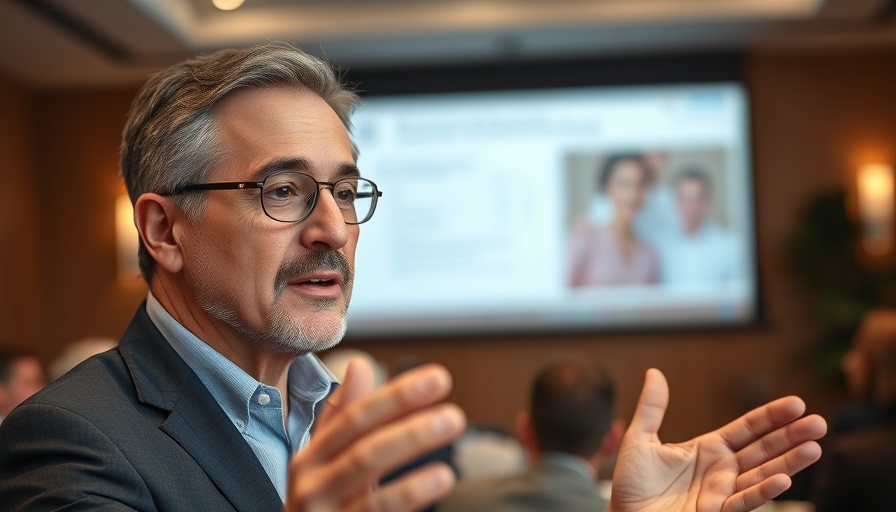
Unpacking the Impact of Hospital Mergers on Community Health
As hospital mergers continue to rise, with nearly 2,000 transactions recorded between 1998 and 2021, the ramifications of these consolidations are becoming increasingly apparent for local health communities. With large health systems acquiring smaller community hospitals, there is a growing concern about the consequences for patient care, access to essential services, and healthcare costs. According to Lovisa Gustafsson, MBA, of The Commonwealth Fund, a significant share of metropolitan areas now finds itself bound to one or two dominant hospital systems. This concentration enhances their negotiating power with insurers, often leading to inflated healthcare prices without corresponding improvements in care quality.
The Cost of Consolidation: Price Increases and Quality Declines
When hospitals merge, patients are often faced with extraordinary price hikes—estimates indicate an increase of 20% to 30%—while the quality of care remains static. Kristof Stremikis of the California Health Care Foundation points out that investigative journalists should look into the details behind each merger.
For instance, the acquisition of a community hospital by a religious health system may lead to restrictions on reproductive health services. By exploring these case studies, journalists can shine a light on the realities faced by patients navigating a monopoly in healthcare options. The lack of choices not only restricts access but can lead to further health inequities, particularly for vulnerable populations.
Personal Stories: The Human Toll of Mergers
Connected narratives about patient experiences are crucial in shifting public sentiments toward healthcare policy. The investigative series “Too big to care” by George Joseph exemplifies how personal stories intertwined with journalistic inquiry can prompt legislative action. By focusing on Parkview Health, a growing health system with some of the highest charges in Indiana, Joseph’s work illustrates the harsh truths of what patients endure due to rising medical costs.
Through court records and financial disclosures, he uncovered how expansive hospital systems affect overall healthcare affordability and accessibility. These individual stories resonate on a human level, sparking empathy and demanding accountability from policymakers.
Looking Forward: The Future of Healthcare in Merged Landscapes
As hospital mergers continue, maintaining public attention and advocacy will be necessary to alleviate the negative consequences of centralization in healthcare. Patients and communities must become more aware and vocal about their experiences in order to influence change. Only through awareness can policies be formed that prioritize community well-being over corporate interests.
We can envision a future in which local hospitals maintain autonomy and the ability to deliver affordable, high-quality care to their communities. Grassroots initiatives will play a vital role, as community members unite to demand equitable healthcare systems, pushing for legislative measures that support independent hospitals.
Connecting Health Choices with Community Well-being
To foster a healthier lifestyle, communities have to prioritize wellness both physically and mentally. Accessing nutrition, fitness, and mental well-being resources can empower individuals. Exploring options like wholesome eating, exercise, and mindfulness practices can encourage healthier decisions among local populations.
Moreover, promoting community wellness initiatives, such as community workout programs and health workshops, can enhance the collective health of residents. The heart of a community beats strongest when its members have the resources to live well, reducing the impact of healthcare monopolies. Being engaged in local health services helps shape the systems around us.
Take Action: Advocate for Balanced Healthcare
It's crucial to remain informed and engaged in local healthcare discussions. By supporting legislation aimed at curbing excessive market concentration and advocating for community hospitals, we can ensure a healthcare environment that prioritizes patient care over profit. Additionally, encouraging local wellness initiatives can make a meaningful difference in the health landscape.
Join community forums, participate in health workshops, and share personal experiences to bring attention to the issues affecting local healthcare.
 Add Row
Add Row  Add
Add 




Write A Comment